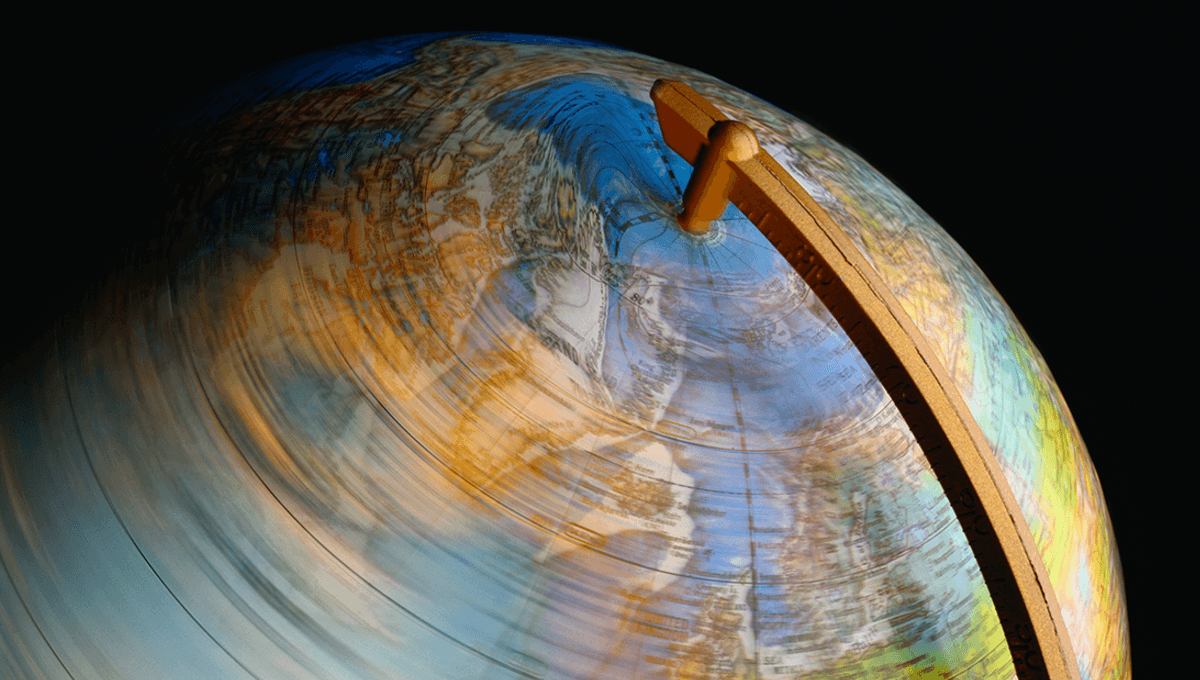
In March 2011, a magnitude 9.0 earthquake struck off the east coast of Japan, shifted the Earth’s axis, and shortened days on Earth.
The quake – the most powerful on record to hit the country – shifted the planet’s axis by about 17 centimeters (6.5 inches), and may have moved the main island by about 2.4 meters (8 feet). Like other similarly large earthquakes, it also changed the rotation speed of the Earth.
“Earthquakes can change the Earth’s rotation by rearranging the Earth’s mass. This is what a spinning ice skater does to make herself spin faster. She moves her arms closer to her body, she’s moving her mass closer to the axis about which she’s rotating,” Dr. Richard Gross of NASA’s Jet Propulsion Laboratory explained to Popular Mechanics in 2011. “And earthquakes do the same thing.”
“This earthquake must’ve moved the mass on average a bit closer to the Earth’s rotation axis to make the Earth rotate faster and the length of the day a bit smaller.”
By looking at models of the Earth’s mass distribution before the earthquake and using estimates of how the fault slipped during the earthquake, Gross was able to figure out how the mass distribution changed.
“Then, by conservation of angular momentum, if I know how the Earth’s mass was rearranged, then I know how the Earth’s rotation must’ve changed,” he added.
All in all, the earthquake sped up the rotation of Earth, by about 1.8 microseconds (1.8 millionths of a second). The Indonesian earthquake in 2004, for comparison, sped up the Earth’s day by an estimated 2.68 microseconds.
Earthquakes are not the only events and factors affecting the Earth’s rotation speed.
“Any worldly event that involves the movement of mass affects the Earth’s rotation, from seasonal weather down to driving a car,” Dr. Benjamin Fong Chao, of NASA’s Goddard Space Flight Center, explained after the 2004 Indonesian earthquake.
There are all sorts of factors that affect the speed of rotation, such as changing sea levels and shifts within the Earth, though the biggest factor is that the Moon is moving away from the Earth (who can blame it) and as the two bodies interact, the result is the Earth slowing down, albeit with bursts of speed every now and then.
By looking at ancient corals, scientists figured out that Earth used to spin a lot faster 444-419 million years ago. Every day, coral puts down a fine layer of calcium as it grows. Since corals grow more in the dry season than wet seasons, you can then count the lines of calcium carbonate deposits in each season and calculate how many days took place in a year. Using this method, the team worked out that Earth had 420 days a year 444-419 million years ago, before slowing down to the influence of our Moon.
Source Link: In 2011, A Magnitude 9.0 Earthquake Shifted The Planet's Axis And Shortened Earth's Days